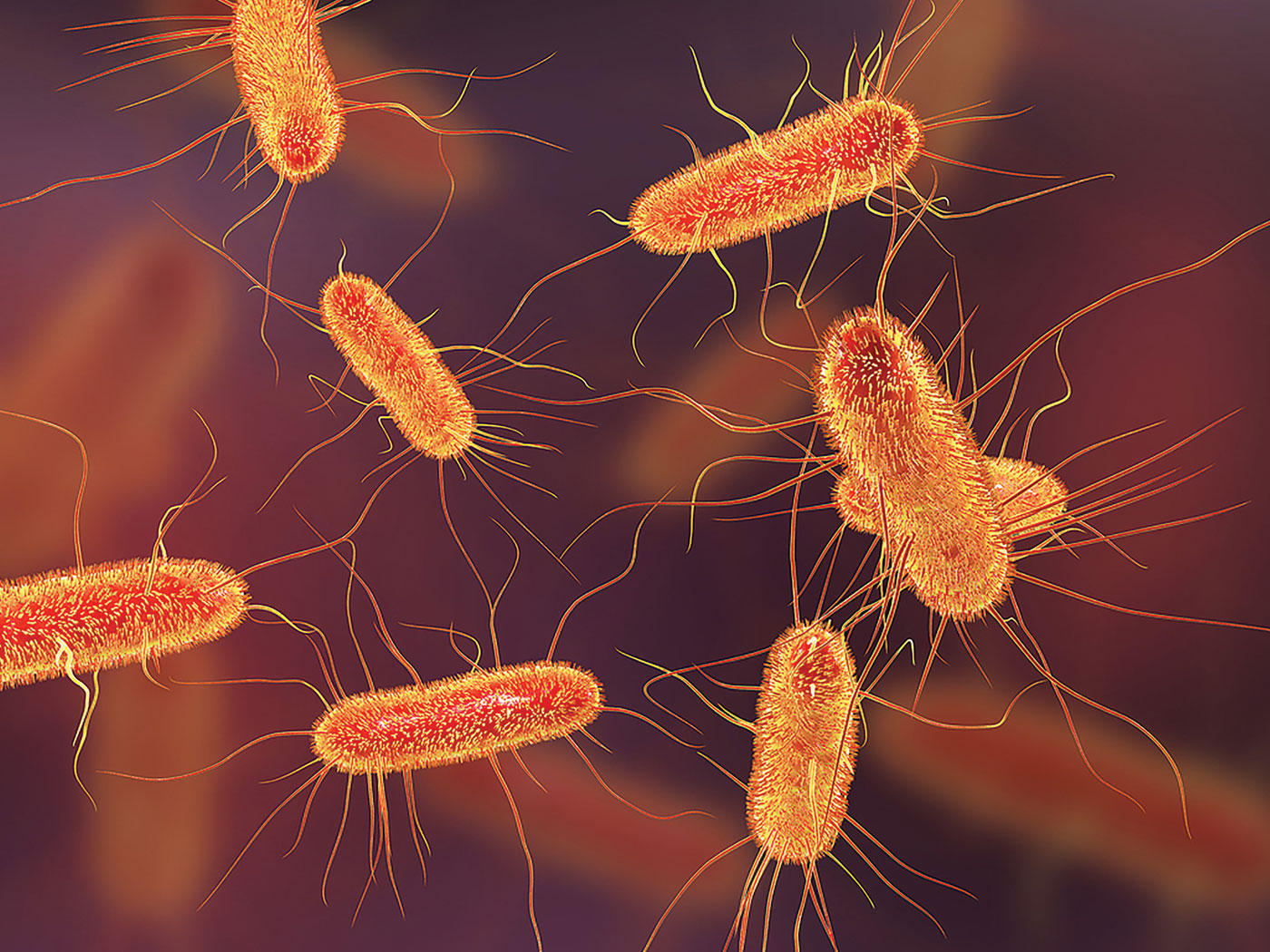Arsenic is a common toxic component in pesticides and herbicides, and one place it is found naturally is in the hot springs of Yellowstone National Park. The arsenic in the water there would be deadly to many living creatures, yet the Cyanidioschyzon algae thrive in it because they are specially equipped to detoxify arsenic through chemical modification. Some bacteria, marine worms, and lichens are also known to convert between different forms of arsenic, but new research details how the algae do it.
A study published in Proceedings of the National Academy of Sciences describes how a suite of enzymes within the single-celled plants neutralizes the arsenic.1 One enzyme reduces the electric charge of arsenic by adding electrons to it. Another enzyme removes electrons when it is necessary to oxidize the arsenic. Separate enzymes attach organic chemicals to arsenic atoms, changing them into larger, harmless chemicals.2 There is, to date, no man-made machine capable of these kinds of precise, effective, small-scale manipulations.
The researchers also found that one strain of these single-celled plants “may use at least 2 different arsenic detoxification strategies that may be coupled and compartmentalized in a fashion that is well suited with their environment.”1 The authors used the term “strategies” correctly, describing that various intermediate forms of arsenic can be manufactured “with the expectation that” they will end up completely neutralized, if that is what the cells need.
It is difficult to imagine a mechanism whereby the laws of physics alone could produce not only the enzymes necessary to support life in these harsh conditions, but also the cellular mechanisms that coordinate the implementation and regulate the production of those enzymes. New proteins, specified to perform exact functions, have never arisen by “adaptation.” The intact algae populations can “adapt” to a certain range of environments, but this does not mean that the equipment which enables them to adapt arose itself from purely natural means. In fact, the capability of these algae to adapt to their harsh environment is strong testimony to their robust original design and manufacture.
God the Creator deserves the credit for equipping His plants and other creatures with the necessary cellular machinery to survive in extreme environments. The impersonal universe doesn’t care whether Yellowstone’s hot springs harbor life, but God, who formed the earth uniquely to be inhabited, apparently does.
References
- Qin, J. et al. Biotransformation of arsenic by a Yellowstone thermoacidophilic eukaryotic alga. Proceedings of the National Academy of Sciences. Published online before print, March 10, 2009.
- This product, called trimethylarsine, is not only non-toxic, but serves as a proton donor in some rare forms of photosynthesis, as well as a chelating agent, and possibly as a predator deterrent.
* Mr. Thomas is Science Writer at the Institute for Creation Research.
Article posted on March 25, 2009.




















